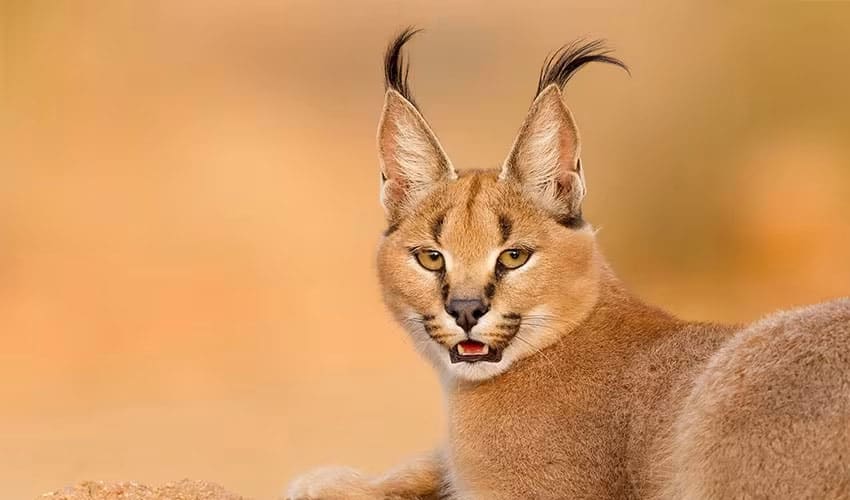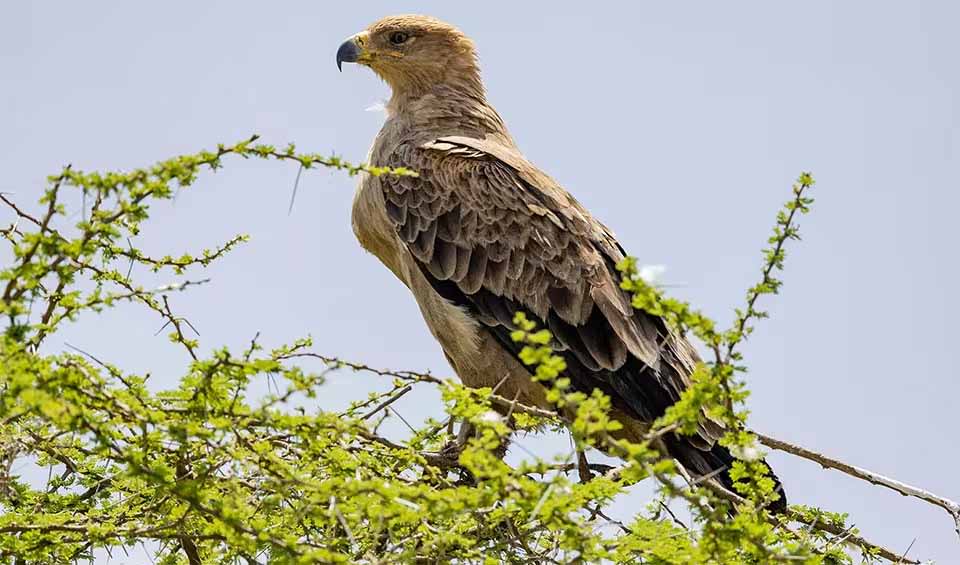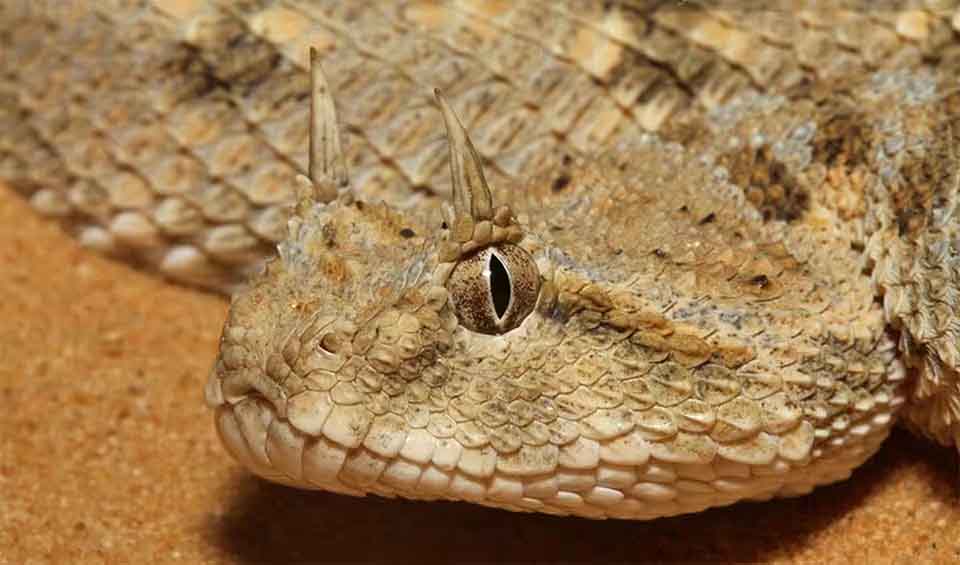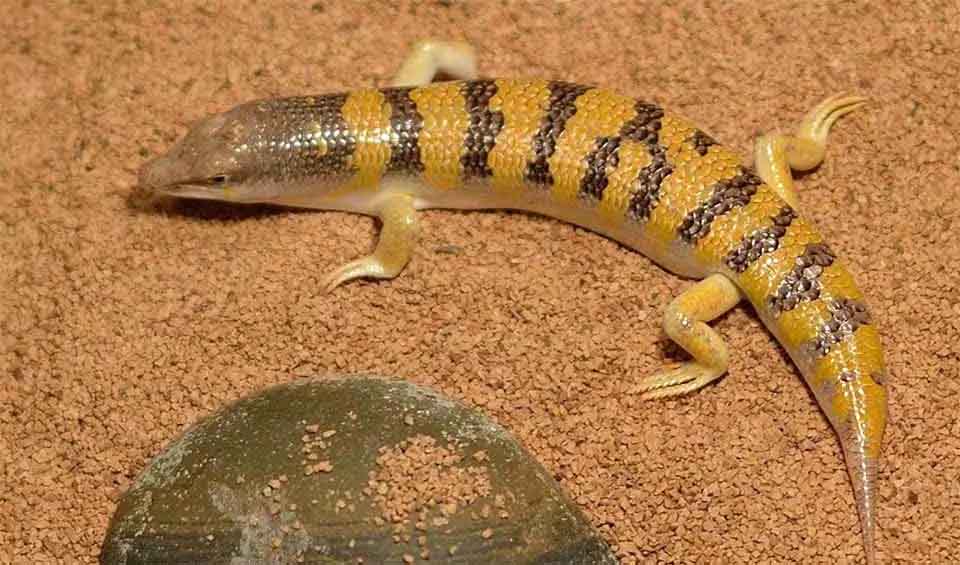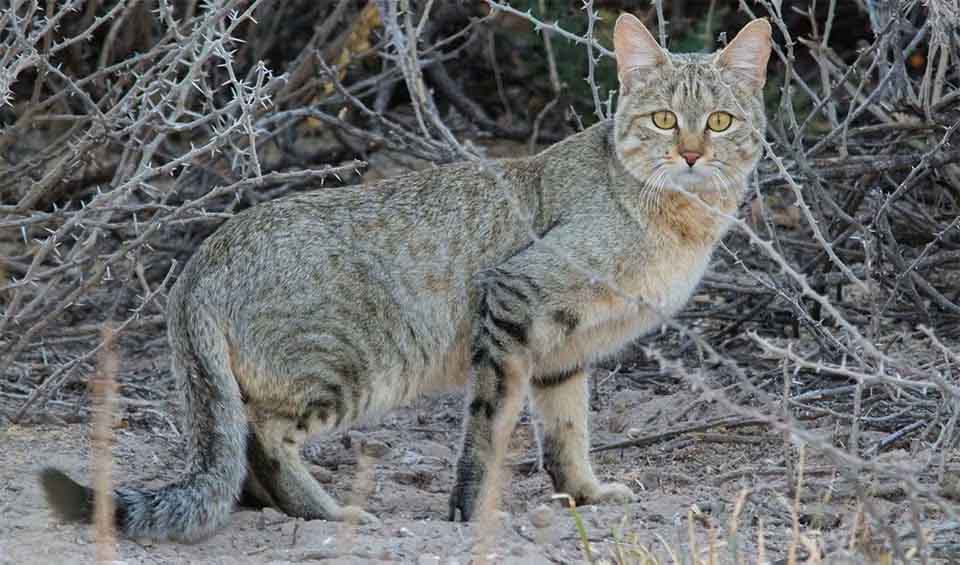Mauritania, a West African nation situated in the Sahel-Saharan region between Senegal and Western Sahara, has faced three prolonged periods of drought in the past 25 years. With about 80 to 85% of its land being arid, Mauritania comprises four main ecological zones, each with its unique potential and wildlife.
While it may seem that deserts lack life, every environment, no matter how seemingly mediocre, provides a habitat for various plants and animals adapted to its conditions. Historically, Mauritania was home to diverse wildlife, but due to prolonged drought and human activities, except for birds, the country’s fauna has significantly declined over time.
Four pillars elaborated:
Mauritania is home to several protected areas, encompassing national parks and nature reserves, with the most prominent being the Banc d’Arguin National Park, recognized as a UNESCO World Heritage Site. Additional protected areas include the Diawling National Park, Aïric-el-Erg Natural Reserve, and Guelb er Richat Nature Reserve. In 2021, a new protected area spanning over 1 million hectares was established in the Adrar region, harboring diverse species, including the critically endangered addax antelope. This initiative marks a significant effort in combating desertification and preserving biodiversity in Mauritania. Land Management
Land Management
These protected areas play a crucial role in safeguarding the nation’s biodiversity, offering habitats for various species, including endangered ones like the addax antelope, scimitar-horned oryx, and dama gazelle. Additionally, they contribute to the preservation of vital ecosystems, such as coastal wetlands and the Sahara Desert.
The primary risks to land ecosystems include overgrazing, excessive harvesting of forest resources, habitat fragmentation, poaching, climate change, wildfires, urban expansion, salinization, erosion, invasion by non-native species, and activities like mining and oil extraction. Coastal ecosystems face threats such as overfishing, urban development, poaching, and climate change, while marine ecosystems are at risk from overfishing, destructive fishing practices, pollution, and climate change. Threats to Biodiversity
Threats to Biodiversity
Preserving natural resources and advancing renewable energy sources stand as key national priorities in Mauritania. A recent workshop convened stakeholders and decision-makers to underscore the consequences of inaction regarding biodiversity conservation. Furthermore, a study was conducted to assess the values of biodiversity and ecosystem services. Capacity and Governance
Capacity and Governance
The Mauritanian Government is actively promoting research initiatives encompassing the nation’s carbon stocks, Payment for Environmental Services (PES), and Environmental Impact Assessment (EIA). Collaborating with the Africa Rice Centre (AfricaRice) and the National Centre on Agronomic Research and Agricultural Development (CNRADA), efforts are underway to gather and characterize rice varieties resilient to cold and salinity, including testing 18 hybrid rice strains. Additionally, endeavors in fish farming and aquaculture are being pursued through various projects.
Introduced in 2019, the NAP seeks to assist Mauritania in adapting to climate change and its effects on biodiversity, encompassing concerns like desertification and biodiversity loss. Launched in 2021, the recent establishment of a protected area will connect two vital biodiversity locations in Mauritania, aiming to safeguard endangered species and their habitats while providing insights for forthcoming conservation endeavors. This strategy was designed to uphold the ecosystem functions in Mauritania, emphasizing biodiversity preservation and sustainable natural resource utilization. Although the strategy has concluded, its objectives and acquired knowledge persistently shape future biodiversity initiatives. Future Trends
Future Trends
Biodiversity
The majority of Mauritania is covered by the Sahara Desert, featuring expansive sand dunes, rocky plateaus, and sparse vegetation. This harsh environment supports specialized wildlife adapted to extreme conditions. Notable desert species include the addax, a critically endangered antelope, the fennec fox, and various reptiles such as the desert monitor lizard. The desert flora consists of drought-resistant plants like acacias and hardy shrubs that can survive prolonged periods without water.Mauritania’s Atlantic coastline spans over 700 km (435 miles) and includes diverse marine and coastal habitats such as sandy beaches, estuaries, and extensive mudflats. The Banc d’Arguin National Park, a UNESCO World Heritage Site, is one of the most important coastal wetlands in West Africa. This park is a crucial breeding and stopover site for millions of migratory birds, including flamingos, pelicans, and terns. The rich marine environment supports a variety of fish, crustaceans, and marine mammals such as dolphins and the West African manatee.
In the table below are the number of known species in several main groups, how many of these species are Threatened with extinction, and how many of them are Endemic (unique to Mauritania only):
| Species (World rank) |
Threatened | % Threatened | Endemic | % Endemic | |
|---|---|---|---|---|---|
| Mammals | 118 (#95) | 18 | 15.3% | 2 | 1.7% |
| Birds | 472 (#74) | 24 | 5.1% | ||
| Reptiles | 98 (#91) | 6 | 6.1% | 2 | 2.0% |
| Amphibians | 12 (#133) | ||||
| Fishes | 711 (#83) | 76 | 10.7% | 1 | 0.1% |
| Plants | 847 (#183) |
mammals
Cheetah
Racing to extinction: historically ranging throughout Africa to India, now distributed in small, fragmented populations
Caracal
“To put the cat among the pigeons” was phrased on caracals, as they were once trained for hunting game birds for Persian and Indian royalty
Cape hare
Has large eyes that could cover a field of 360o to survey their surroundings before they take a nap
birds
Lesser flamingo
This bird holds a Guinness book of world records to its name
Tawny eagle
Often seen as a symbol of strength, freedom, and keen vision in many African communities
Black-winged stilt
Elegant long-legged wader, common almost worldwide
reptiles
Saharan horned viper
Despite its fearsome appearance, it is a shy and reclusive creature that would rather hide than confront a threat
African spurred tortoise
This giant is the largest African and third of all the tortoises on earth
Sandfish skink
This skink dives and ‘swims’ under the sand
National Animals
African wildcat
The direct ancestor of the domestic cat—no wonder why they look so alike!

